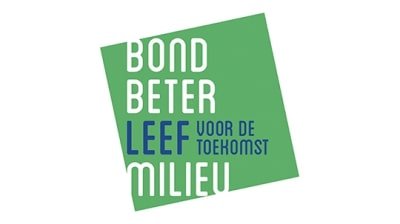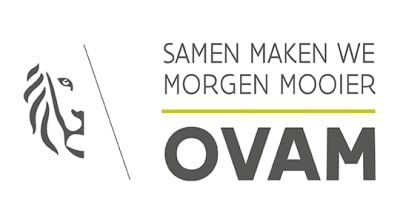Topics
We organise our actions in six thematic & strategic agendas:
Strategic Agendas:
Bio-economy
Circular Construction
Chemicals/Plastics
Manufacturing Industry
Food Chain
Water Cycles
Seven leverages provide additional support:
Leverage effects:
Lever Policy Instruments
Lever Circular Procurement
Lever Communication
Lever Innovation & Entrepreneurship
Lever Financing
Lever Jobs & Skills
Lever Research
What, why and how?
Why are we pursuing a circular economy?
Future visions 2050
How do we see our circular future?
About our management
Who steers what at Flanders Circular?
The Circular Road
New road using materials from an old one
There are still many concrete (agricultural) roads in the Flemish landscape. They are often in a bad state. However, concrete is a material that offers the possibility of being reused. This is currently happening, but often the recycled material is not given a high-quality function and is rather used for foundations.
With the Circular Road project, Wegenbouw De Brabandere would like to change this. In the past, we have already made several efforts to work in a more ecological way when building new roads. With this project, we now want to investigate whether we can give the demolition material from old concrete roads a higher-quality second life, namely by using it as high-grade concrete granulates for the new road surfacing itself, instead of only for the foundation.
As an example project for our research, we tried to replace an old agricultural road in Veurne with a new road made of 100% recycled material. This circular road may be a small project in itself, but it was very successful and can serve as a great example for the next generations.
Wegenbouw De Brabandere
Sectors
Themes
Organisations
MOST IMPORTANT
RESULTS
- The waste flow generated by the road works during this project is considerably lower than that of other road works. This is of course because more than 85% of the old concrete road will be reused.
- Because we are reusing so much existing material on site, the transport of both the supply of new material and the removal of old material is much lower. This means that our CO2 emissions are also considerably lower.
- Our new road does not place any additional burden on the extraction of natural resources, since, even for the top layer, we are replacing some of the natural, coarse granulates with recycled ones.
- The new road scores particularly well in terms of frost-thaw resistance, compressive strength and skid resistance. It therefore meets the toughest requirements for road concrete, namely those that apply to a motorway.
MOST IMPORTANT
LESSONS LEARNED
- An important parameter in the construction of a new road is the resistance to frost. Our recycled material was tested on this and received an excellent score. We even think that the recycled pores will allow the ice to expand even more in freezing conditions, thus avoiding further damage.
- During the demolition work we always have to take into account that we will be reusing the materials. It is therefore important that we always work carefully and selectively.
- A possible bottleneck is the water balance at the moment when we mix the new cement with the old materials. This needs to be professionally monitored. Because the consistency of some loads of concrete was not quite right, we had to return some loads during our trial.
WHAT DOES
THE FUTURE HOLD?
We and the town council of Veurne are extremely pleased with the implementation and results of this project. Our circular road shows that the use of recycled granulates can mean added value for the future circular economy in Flanders.
Of course, there are still some challenges such as the caution with which the selective excavation of the old road must take place and the water management in the concrete road.
Our pilot project is still small-scale, but given the good results, there is definitely a future in it. This project can certainly serve as an example for future generations of road works, and we could bring major changes to the whole of Flanders.
















